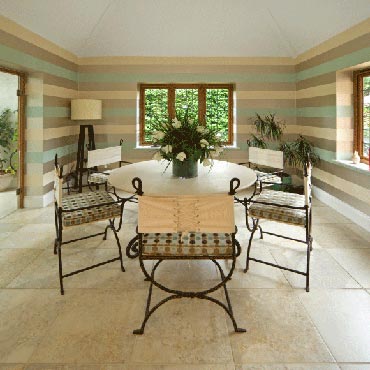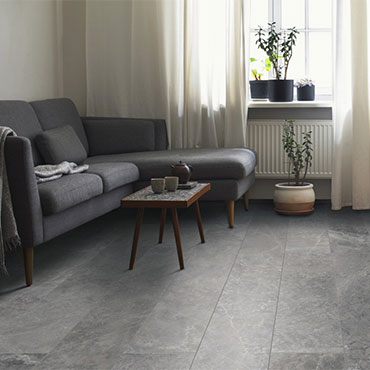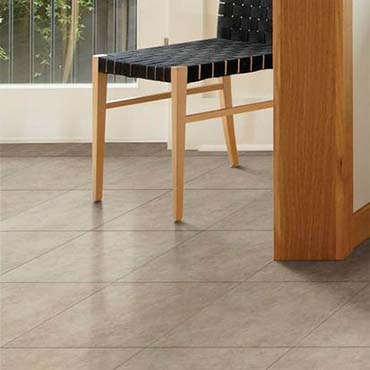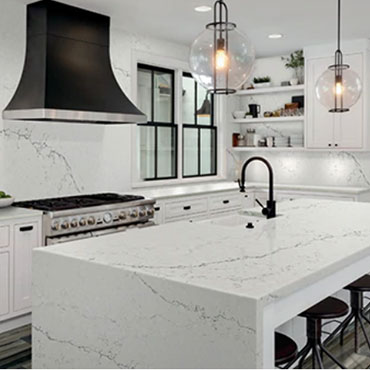Shaw captures the ancient art of ceramics in its versatile collection of ceramic and porcelain tile products. Seven of our porcelain tile collections are manufactured with the environment in mind. At Shaw Floors, we are committed to doing the right thing for the environment, and we partner with Eco-friendly suppliers who share in that commitment. Working with like-minded companies is crucial to creating a healthier ecosystem by reducing the amount of natural resources we consume. Learn More
Floor Tile (unglazed)
Floor Tile (unglazed) Guide

Timeless Tradition Meets Modern Mastery: The Renaissance of Unglazed Tile Flooring in Contemporary Design
Introduction
Unglazed tile flooring, a material rooted in history, has transcended time to emerge as a cornerstone in modern architecture and interior design. From ancient civilizations to contemporary spaces, these tiles have adapted, evolved, and now stand as a testament to both aesthetic appeal and functional prowess. This evolution marks not just a shift in design trends but a deeper integration of sustainability, versatility, and technological innovation in flooring solutions.
Defining Unglazed Tile in the Realm of Flooring
Unglazed tiles, unlike their glazed counterparts, do not possess a fired surface finish. This results in a naturally textured, matte appearance that retains the intrinsic color and properties of the clay used. This lack of glazing not only contributes to the aesthetic but also to the functional characteristics of the tiles.
Material Properties and Sustainability
Unglazed tile flooring is synonymous with durability and resistance to wear. These tiles maintain their appearance over time, making them ideal for high-traffic areas. Their low maintenance requirements—resistant to stains and requiring minimal upkeep—are a boon for facility managers. The eco-friendly aspects, such as energy-efficient production processes and recyclability, align with growing environmental concerns in building practices.
Design Versatility and Aesthetics
The design flexibility offered by unglazed tiles is remarkable. Available in a spectrum of colors, patterns, and sizes, these tiles can be crafted to fit any architectural style. Their natural, understated look provides a unique canvas for designers to create bespoke spaces that resonate with contemporary design narratives.
Technical Advancements
Technological innovations in the manufacturing of unglazed tiles have broadened their application. Customizable shapes, enhanced strength, and improved slip-resistance are just a few advancements that have elevated these tiles in the design domain. These developments allow architects and designers to push the boundaries of traditional tile usage, introducing new realms of creativity and functionality.
Application Diversity
Unglazed tiles have found their place in a variety of architectural contexts. From rustic traditional homes to sleek commercial spaces, these tiles adapt seamlessly. Case studies reveal their innovative use in settings like boutique hotels and high-end retail spaces, where the fusion of durability and design is paramount.
Performance and Functionality
In addition to their aesthetic appeal, unglazed tiles excel in functional aspects. Their water resistance and antibacterial properties make them suitable for hygienic environments such as healthcare facilities. The tiles' hard-wearing nature ensures longevity in commercial and residential spaces alike.
Sustainability and Environmental Impact
Unglazed tile flooring significantly contributes to sustainable building practices. The use of natural materials and energy-efficient manufacturing processes aligns with LEED certification and other environmental standards. The health and environmental impacts are minimized, making these tiles a responsible choice in building specifications.
Cultural and Artistic Significance
The cultural significance of unglazed tiles, prevalent in various regions, has been embraced and reinterpreted by contemporary designers. This blend of tradition and modernity adds depth and context to architectural projects, enriching them with historical narratives.
Cost-Effectiveness and Long-Term Value
When evaluating cost versus benefits, unglazed tiles emerge as a financially sound choice over the long term. Their durability and timeless appeal often outweigh initial expenses, especially when compared to other flooring materials. In many scenarios, unglazed tiles offer a more advantageous option due to their enduring nature and minimal maintenance requirements.
Conclusion
Unglazed tile flooring, with its blend of historical significance and modern adaptability, is shaping future trends in architecture and interior design. Its evolution from traditional to contemporary applications underscores its versatility, sustainability, and aesthetic appeal. Architects, interior designers, and facility managers are encouraged to explore the innovative potential of unglazed tiles in their future projects, leveraging their unique attributes to create spaces that are both functional and artistically compelling.
Disclaimer: The information provided in this article is for general informational purposes only. While we strive to ensure the accuracy and reliability of the information presented, we make no warranties, express or implied, about the completeness, accuracy, reliability, suitability, or availability with respect to the content. Any reliance you place on such information is strictly at your own risk. We recommend consulting with professionals for specific advice tailored to your project’s needs, particularly regarding building codes, regulations, and product specifications.
Under no circumstances shall we be liable for any loss or damage, including without limitation, indirect or consequential loss or damage, arising from the use of, or reliance on, the information provided in this article.
Featured Brands
The Best 4 Floor Tile (unglazed) Brands

Shaw Tile Flooring
Profile | WebsiteShaw captures the ancient art of ceramics in its versatile collection of ceramic and porcelain tile products. Seven of our porcelain tile collections are manufactured with the environment in mind. At Shaw Floors, we are committed to doing the right thing for the environment, and we partner with Eco-friendly suppliers who share in that commitment. Working with like-minded companies is crucial to creating a healthier ecosystem by reducing the amount of natural resources we consume. Learn More

Florida Tile
Profile | Website | GreenFlorida Tile products are one of the greatest values in the industry. Our reputation is built on providing reasonably priced, design rich products to the tile market. Florida Tile products come directly from the earth. Because of this, we are particularly aware of our responsibility to help preserve the beauty and health of our planet and all its natural resources. Learn More

American Olean® Tile
Profile | Website | Warranty | GreenHome is where the heart is, and American Olean is the trusted choice for residential projects. With countless, on-trend design options, the versatility and durability of American Olean tile make it easy to produce stylish, modern designs anywhere in your home. Learn More

DalTile® Countertops
Profile | Website | Install | Maintain | BlogUpgrade your kitchen or bath with DalTile® Countertops. Choose from quartz, granite, and porcelain surfaces that offer stunning style, lasting durability, and easy maintenance—perfect for modern designs and timeless spaces alike. Learn More
Floor Tile (unglazed) News
Latest Floor Tile (unglazed) News
Floor Tile (unglazed)...Tile Timelessness: The Unvarnished Charm of Unglazed Floor Tiles in Modern Design Tiles have been a cornerstone in the world of design and decoration, tracing back to ancient civilizations. They started as functional elements in buildings but quickly evolved into decorative masterpieces, adorning palaces, temples, and homes. Today, unglazed floor tiles represent a blend of this... |




